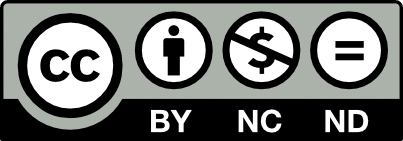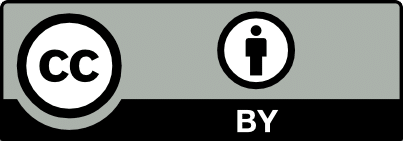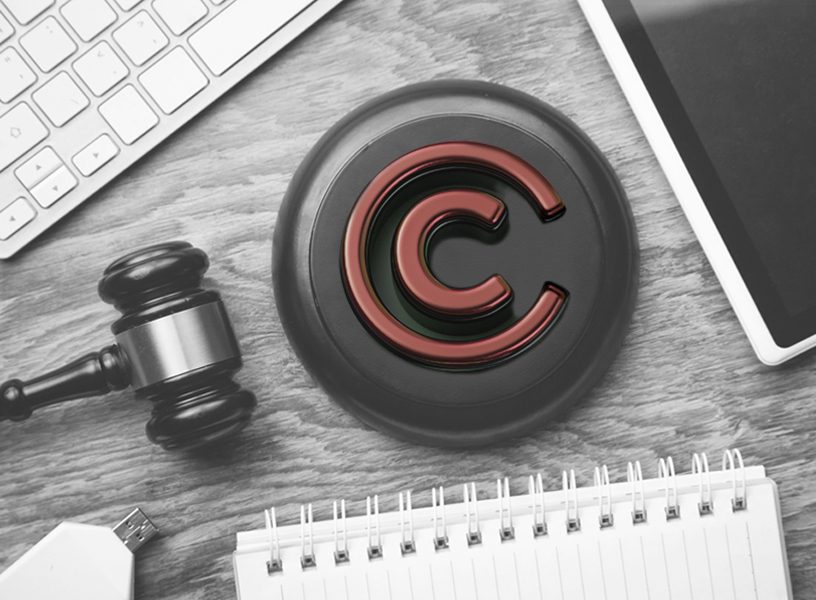Have you ever taken other people’s copyrighted works on the Internet? For example, photos, videos, drawings, etc.?
And have you ever used it for creating content to branding your business? But this action resulted in copyright infringement?
If you have ever experienced these problems, you should know about the digital copyright protection called Creative Commons license.
Overview of Creative Commons Licenses
Creative Commons is an international non-profit organization that provides licenses and free legal tools that copyright owners can allow others to share, reuse, and recycle their work legally.
The organization aims to realize the Internet’s full potential – universal access to research and education and participation in culture to usher in a new era of development, growth, and productivity.
The facilities provided by this organization are license terms. The creators can use it to share their creations while maintaining some of the rights to their creations.
The users can be reproduced and distributed without having to obtain direct permission from the creator and copyright holder.
Types of Creative Commons Licenses
This organization provides 7 (seven) licenses to measure how free they can use other people’s copyrighted works.
- CC-BY-NC-ND

- CC-BY-NC-SA

- CC-BY-NC

- CC-BY-ND
- CC-BY-SA

- CC-BY

- CC-0

There are 6 (six) meanings of symbols that we must know to understanding CC’s provisions:
- CC: Creative Commons
It means that the terms of the CC license protect the creation.
- BY: Attribution
It means that other parties who wish to use the copyrighted creation must state who the original creator is.
- SA: Share-Alike
It means that when another party wants to change a copyrighted creation, the results of the changes must be given the exact same license as the original creation.
- NC: Non-Commercial
It means the parties may not trade the copyrighted creation for economic gain.
- ND: Non-Derivatives
It means that it is not permissible to modify the copyrighted creation/create derivative works of the creation.
- (0): Zeros
It means the copyrighted creation is public property and free to use.
Why is it important to know this type of license?
We should know the limit of using other people’s works on the Internet. It can prevent us from digital copyright infringement.
Using copyrighted works from CC licenses with a zero (0) logo is generally safe. It can be found on sites like Unsplash, Pexels, Pixabay, etc. With this provision, works users can freely modify, distribute, and commercialize creations.
Meanwhile, if there are other provisions such as (BY, SA, NC, and ND), the user must understand the CC’s limitation rules.
What do you think about this type of license? Is it possible to protect copyright for digital creations? Has CC’s goal of achieving universal internet access in the public interest been achieved?
We at Am Badar & Am Badar will always be ready to adapt to digital legal knowledge, especially regarding aspects of intellectual property.
For the latest information and quality intellectual property legal services, contact us at ambadar@ambadar.co.id
References:
commons.wikimedia.org

